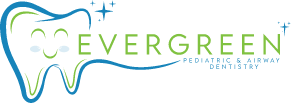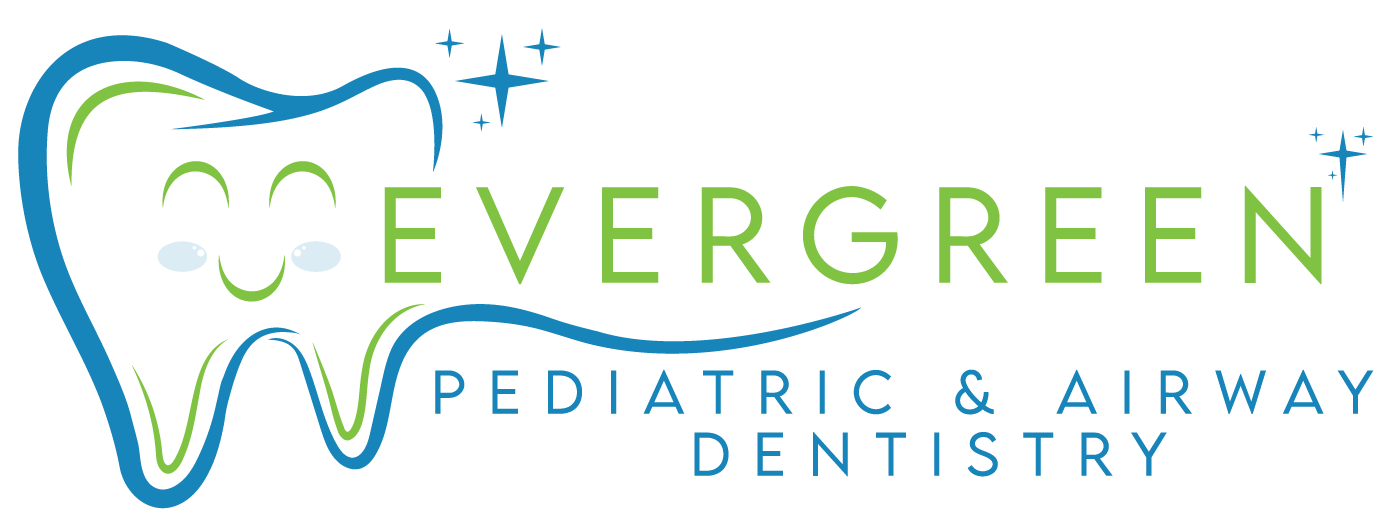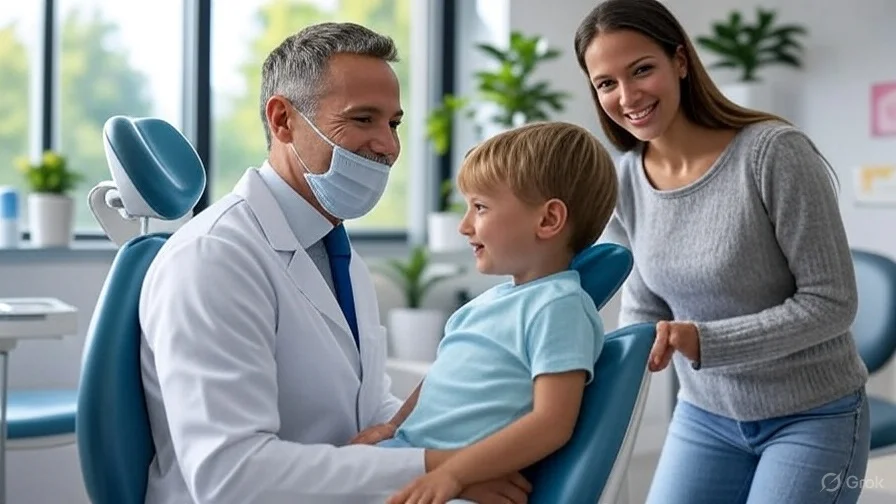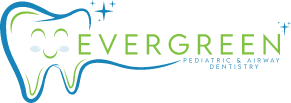Surgical options for sleep apnea are considered when non-invasive treatments like oral appliances and CPAP fail to relieve symptoms. These procedures target the root anatomical causes of airway obstruction and are often seen as a long-term solution when other therapies prove ineffective.
Surgery is not the first step in treatment, but it becomes a serious option for patients who cannot tolerate CPAP machines or gain relief from dental appliances. Conditions like a deviated septum, enlarged tonsils, or jaw misalignment may prevent other therapies from working properly.
Different procedures are recommended based on each patient’s anatomy and history. For example, enlarged tonsils may require a tonsillectomy, while structural nasal issues might be corrected with septoplasty. Personalizing the approach ensures that surgery addresses the true cause of the apnea.
These decisions are made after a thorough evaluation of the patient’s health and sleep test results. The goal is to weigh risks and benefits carefully and improve long-term quality of life.
When Surgery Becomes a Next Step
Surgery may come into the conversation when other treatments fall short. For many families, this moment follows several attempts at CPAP therapy or oral appliance use, often combined with persistent fatigue or behavioral symptoms in their child.
At Evergreen Pediatric & Airway Dentistry, Dr. Susan Kim focuses on early airway development using non-invasive oral appliance therapy. However, when a child’s anatomy presents significant obstructions that cannot be addressed with appliances alone, she works closely with ENT specialists to coordinate advanced care.
The timing of surgical consideration depends on multiple factors. These include severity of symptoms, impact on growth or behavior, and whether the child has tolerated other treatments. A well-timed intervention, with the right care team, can offer children long-term relief.
For parents, understanding the reasons behind surgery and its potential outcomes is crucial. Knowing what to expect allows for better planning, more confident decision-making, and smoother recovery.
Understanding Sleep Apnea and Treatment Limitations
Sleep apnea can affect everything from daytime mood and energy to long-term heart health. While many children respond well to conservative treatments, some don’t find relief with the most commonly recommended options.
CPAP therapy is often suggested, but not all children can sleep comfortably with a mask. Whether due to anxiety, sensory issues, or discomfort, CPAP noncompliance is a real barrier. When this happens, parents may feel stuck and unsure what to try next.
Oral appliances offer a non-invasive, child-friendly solution for many patients. Dr. Susan specializes in these alternatives, especially for growing children. But if the child’s anatomy doesn’t support the use of an appliance, or if symptoms remain severe, families may be referred for further evaluation.
This is often the point where surgery is considered. While it’s not the first or only option, it becomes an essential part of the discussion when less invasive treatments aren’t enough.
Assessing Candidates for Sleep Apnea Surgery
Surgery isn’t the right fit for everyone. It’s most appropriate for children whose airway obstruction is clearly linked to structural issues and who haven’t responded to other treatments. Before surgery is recommended, a thorough evaluation is necessary.
Children who struggle with CPAP or who do not show improvement with oral appliance therapy may need further imaging or airway evaluation. This includes 3D scans, sleep studies, and sometimes collaboration between dentists, ENTs, and pediatricians to fully understand the problem.
These evaluations help pinpoint whether enlarged tonsils, nasal blockages, or jaw alignment are contributing to the child’s apnea. In many cases, a single identifiable issue can be addressed surgically with meaningful results.
The process is collaborative and focused on ensuring that only children who truly need surgery are referred. This avoids unnecessary procedures and ensures the highest chance of success.
Variety in Sleep Apnea Surgical Procedures
There is no one-size-fits-all approach to sleep apnea surgery. Different procedures exist to address different parts of the airway and the causes of obstruction. Selecting the right one depends on the child’s specific anatomy and condition.
Some surgeries focus on stimulation, such as hypoglossal nerve stimulation. This method uses an implanted device to activate the tongue muscle and prevent it from blocking the airway during sleep.
Other surgeries aim to physically expand the airway. Procedures like uvulopalatopharyngoplasty (UPPP) remove excess throat tissue, while maxillomandibular advancement (MMA) repositions the jaw to create more airway space.
In children, more common interventions include:
- Tonsillectomy and adenoidectomy
- Septoplasty to correct nasal obstruction
- Tongue reduction surgery for macroglossia
Each procedure is matched to the child’s needs. Careful planning and post-operative follow-up ensure that the surgery meets its goal and improves sleep quality without introducing new complications.
Evaluating Surgical Outcomes for Sleep Apnea
Surgical decisions must always consider both risk and reward. Every family wants to know that the effort, discomfort, and recovery will result in real improvement for their child.
Pre-surgical evaluation includes a thorough review of health history, imaging, and sleep study data. Children who are healthy, with clear anatomical causes of apnea, tend to recover well and show dramatic improvements in energy, mood, and daytime function.
Post-surgical care is important. Recovery timelines vary based on the procedure, but most families report better sleep within weeks. This is often paired with less snoring, reduced daytime fatigue, and better performance in school or behavior at home.
Surgical success can also decrease long-term health risks. For children with untreated sleep apnea, surgery can protect heart health, metabolism, and even facial development during growth.

Making Informed Decisions for Surgical Intervention
Surgery should never be rushed. Families need time, information, and trusted advisors to guide them through what can feel like a high-stakes decision. Dr. Susan works closely with parents to make sure they feel confident every step of the way.
Three considerations help determine if surgery is appropriate:
- The child’s airway anatomy and whether structural issues are involved
- The child’s response to other treatments like CPAP or oral appliances
- The overall impact of sleep apnea on the child’s health and quality of life
These are not quick choices. They involve thoughtful discussion, second opinions when needed, and a shared commitment to finding the best solution for the child’s long-term health.
When surgery is the best path, Dr. Susan refers families to qualified specialists and remains involved throughout care. Her goal is to ensure continuity and advocacy for each patient’s well-being.
Addressing Sleep Apnea Beyond Surgery
While surgery can provide lasting results, it’s not the only part of a successful care plan. Many families continue using healthy lifestyle strategies to support breathing and rest even after surgical intervention.
Daily habits such as proper nutrition, hydration, and exercise help reduce inflammation and promote healing. Limiting screen time and ensuring a consistent bedtime are just as important after surgery as they are before.
Some children may also need follow-up care with an oral appliance to support jaw or tongue position as they grow. Dr. Susan offers ongoing support for these families, monitoring changes in airway development and making sure progress continues.
Success is about the whole child. Surgery may resolve the mechanical problem, but supportive care ensures those gains last.
Partnering with the Right Team for Your Child
At Evergreen Pediatric & Airway Dentistry in Kirkland, WA, Dr. Susan Kim helps families navigate every phase of pediatric sleep apnea treatment. When surgery is necessary, she coordinates with a trusted network of local specialists to deliver care that’s personalized and proactive.
If your child has been struggling with poor sleep, snoring, or fatigue despite trying other treatments, a surgical consultation may be appropriate. Dr. Susan can help you understand what options exist and what next steps make sense.
We believe that families deserve clear answers, expert guidance, and a long-term plan. Let’s work together to get your child the rest and healing they deserve.
Evergreen Pediatric & Airway Dentistry
Dr. Susan Kim
12910 Totem Lake Blvd NE #103
Kirkland, WA 98034
(425) 814-3196
Get Directions on Google Maps
evergreenkidsdentist.com
Frequently Asked Questions
When is surgery considered for sleep apnea?
Surgery is considered when treatments like CPAP or oral appliances don’t provide relief, or when anatomical issues make non-surgical therapies ineffective.
What are the benefits of sleep apnea surgery?
Surgery can improve sleep quality, reduce daytime fatigue, and help prevent long-term health complications by addressing the root cause of airway obstruction.
Are there risks associated with sleep apnea surgery?
Yes, but they vary depending on the procedure and child’s health. Careful pre-op planning and post-op follow-up help reduce those risks significantly.



